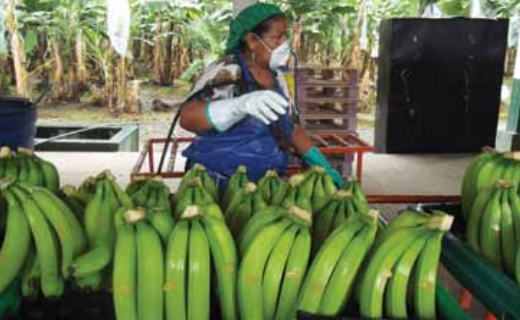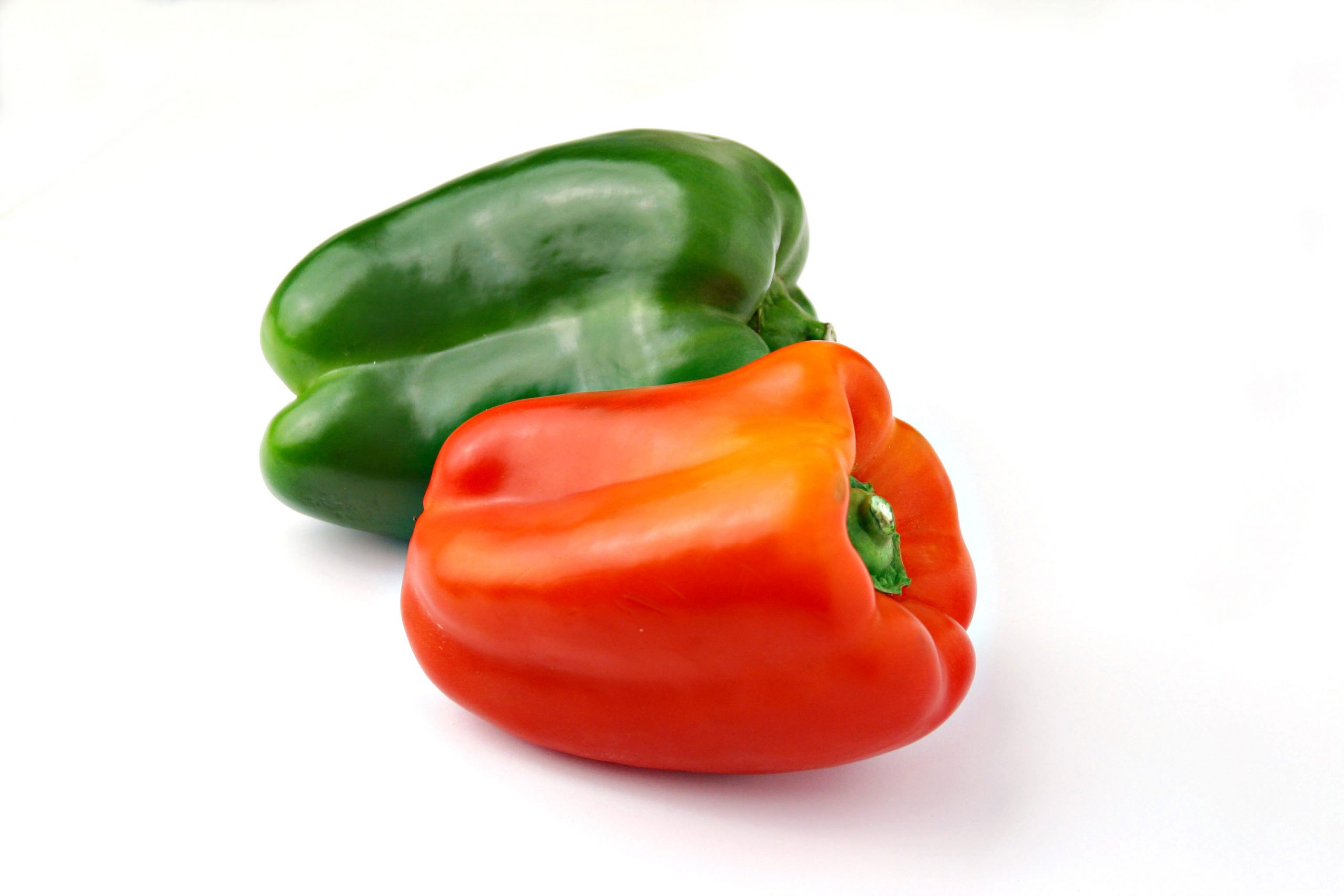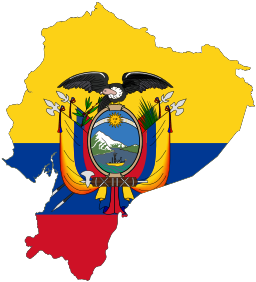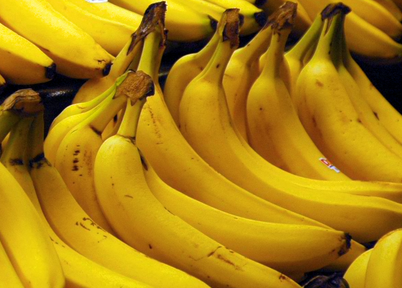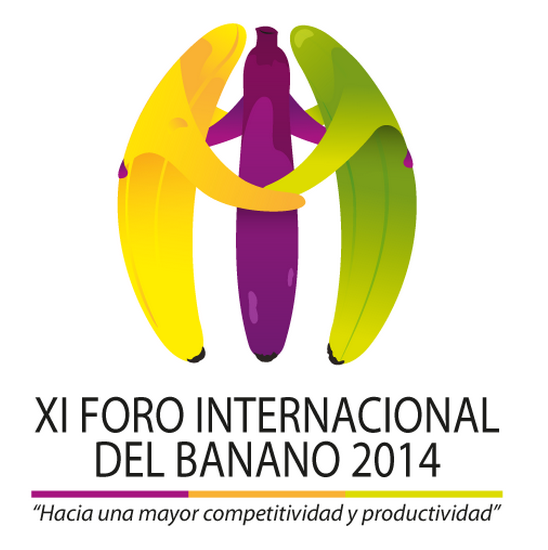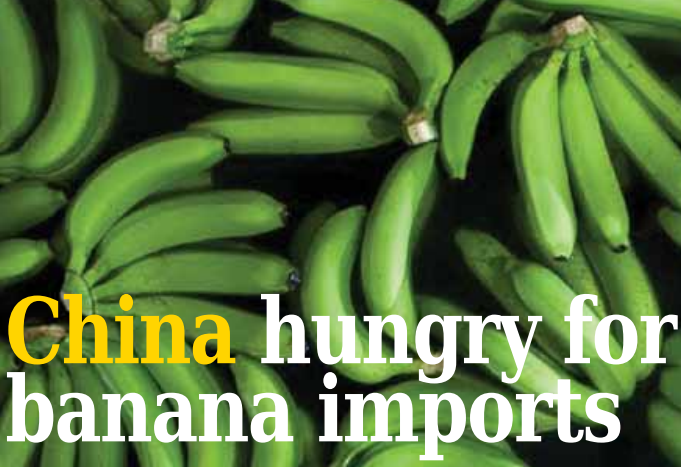
China is the third largest banana-producing country in the world after India and Brazil, but ahead of Ecuador, the largest banana-exporting country. The banana is a major cash plant in southern China and has earned a good reputation among consumers, fostering employment for over 2 million people. Over the last 10 years in the southern equatorial Chinese areas, mainly in Guangdong and Hainan provinces, 12 million tons of fresh bananas have been produced on an area of 413,000 hectares now, up from 295,000 ha in 2006. In the same period, the yield per ha has increased by almost 20% to 29 tons/ha. It is said that China has now reached its maximum production capacity. The land suitable for banana planting is exhausted, while some areas are susceptible to tropical storms and even typhoons and flooding. Also, China’s domestic banana production capacity is unlikely to expand significantly due to constraints on transportation, labour and environmental costs. Over the last decade, the banana industry has feared the outbreak of a banana plant virus on the continent called Panama Tropical Race 4 disease, which could spread quickly in the main commercial production areas of the Cavendish banana. Today, the Chinese population of 1.4 billion consumers is getting richer and needs more fresh fruit as they recognize its health benefits. The consumption of all fruit is increasing, including bananas. Chinese consumption of bananas is catching up with the rest of the world, last year reaching 9.5 kg per capita and per year, compared to the U.S. with 13 kg and the EU with 11 kg. Domestic production meets the vast majority of China’s demand, with only 5-8% satisfied by imports. In the second half of 2014, the El Niño effect appeared in force, bringing drought to the Western Pacific region. Banana production on technified banana farms in South China and neighboring countries like the Philippines saw reduced yields.

High costs with domestic supplies
Local produce is fighting for its market share against imports as it faces higher costs of transporting bananas from some major production areas to the north-eastern cities. Banana imports increased substantially in 2014, even in the southern city of Shanghai. During the first seven months of 2015, imports rose by 30% and reached 715,000 tons, of which 200,000 tons were Ecuadorian bananas. At the same pace, China will import 1.46 million tons this year, almost three times the amount in 2013, taking a 12% market share. Dalian is the main banana port in north-eastern China, where the major banana companies have their logistical hubs. Dole Philippines leads with the largest market share. The Sumitomo group from Japan ranks second and has its own large-scale banana plantation in the Philippines with the banana brand ‘Gracio’. It takes 30-40 days to ship bananas to China from Ecuador, but the Ecuadorian banana’s competitive pricing versus Philippine bananas has led many importers to make the switch.
Stronger demand ahead for Ecuadorian bananas
The demand for Ecuadorean bananas is rising and it may continue to grow strongly in the years ahead. Indeed, the major shipping lines have made extra reefer space available. CMA-CGM is now offering a new service provid- Peru, world’s second largest organic banana exporter Peruvian banana exports amounted to US $120 million in 2014, representing an increase of 35% on the previous year and a 53% share of total Peruvian organic exports, reports PromPeru. The country is now positioned as the second largest exporter of organic bananas worldwide. The main destination markets were the Netherlands with 42%, the USA with 27% and Germany with 16%, followed by Belgium, Japan, Finland, South Korea, the UK, Canada and Chile. In the first half of 2015, shipments of this product amounted to US $ 73 million, in other words 28% more compared to the same period in 2014. ing faster and more direct access to the Chinese market, with controlled atmosphere reefer containers guaranteeing fresh quality on arrival. The ship arrives in Guayaquil from China carrying electronics, toys, raw materials, and general consumer goods. It leaves Ecuador bound for Mexico, then South Korea and China, carrying a shipment of Ecuadorean bananas. However, banana growers in several neighboring countries in south-eastern Asia (such as Vietnam, Indonesia, Laos, Myanmar and Cambodia) also seek an outlet and are looking to enter China. Demand for higher quality imports will get stronger, particularly in the big cities. Chinese producers have been warned: an upgrade to their cold chain management system is mandatory.
LH
This article originally appeared on page 74 of edition 139 of Eurofresh Distribution magazine. Read that issue online here.
